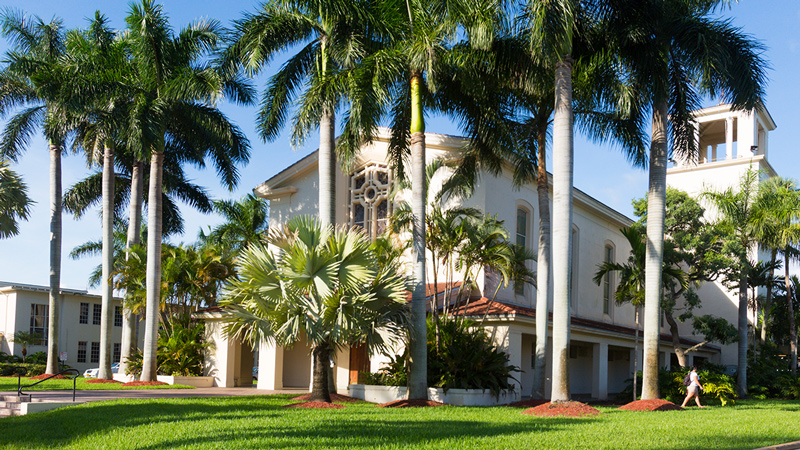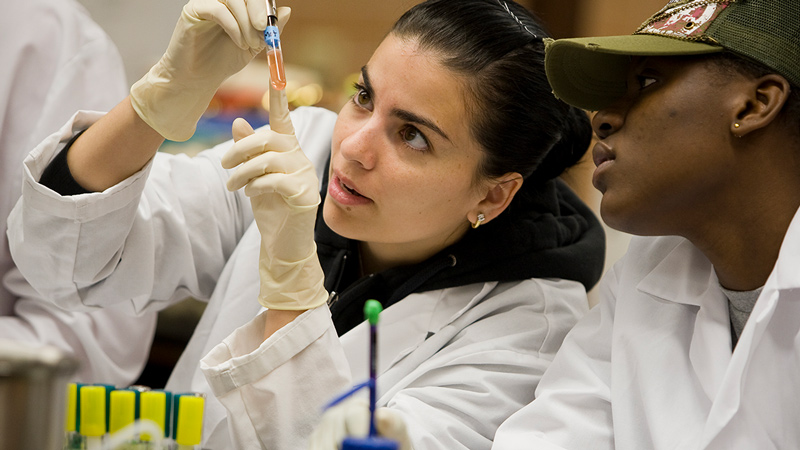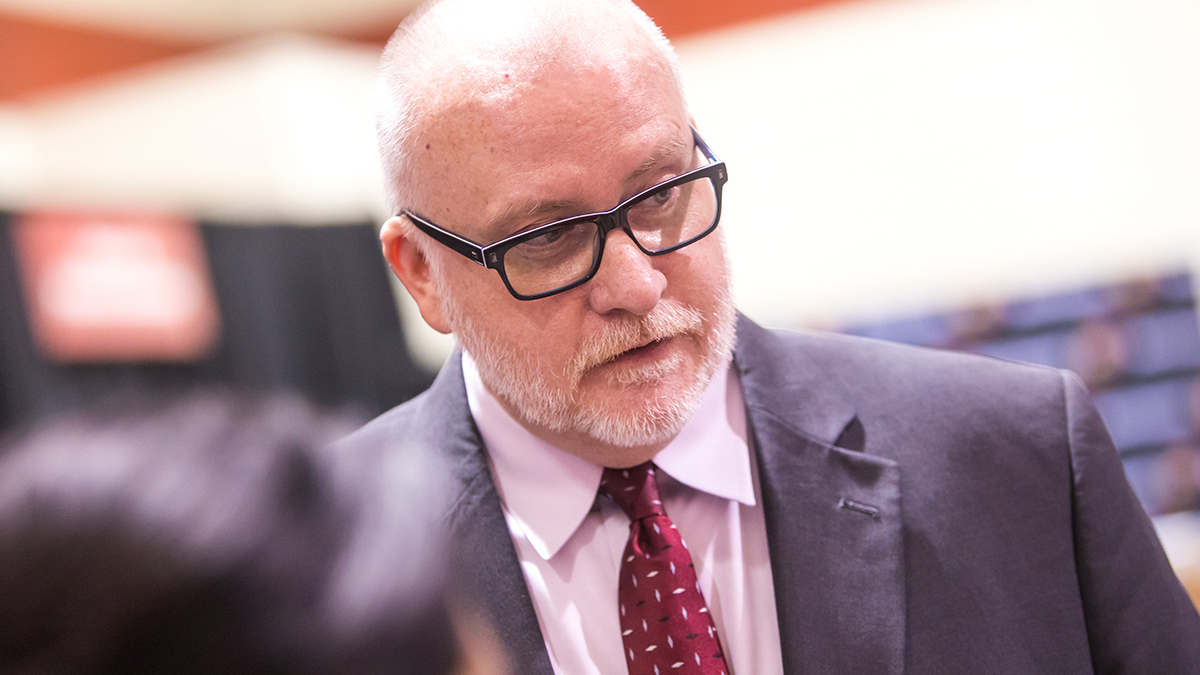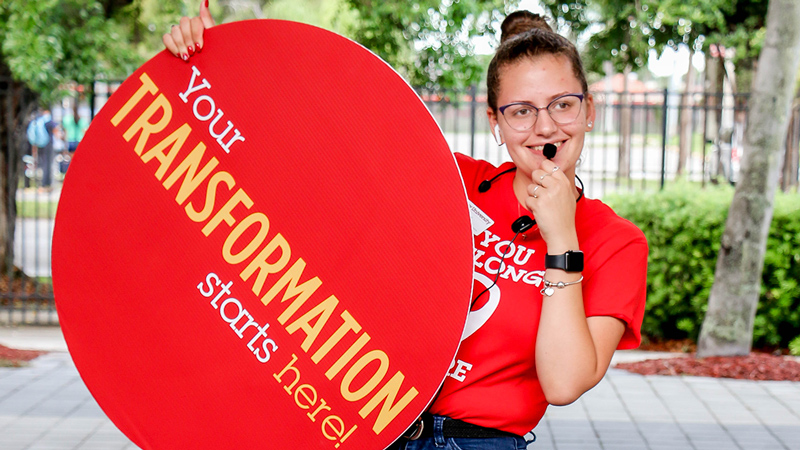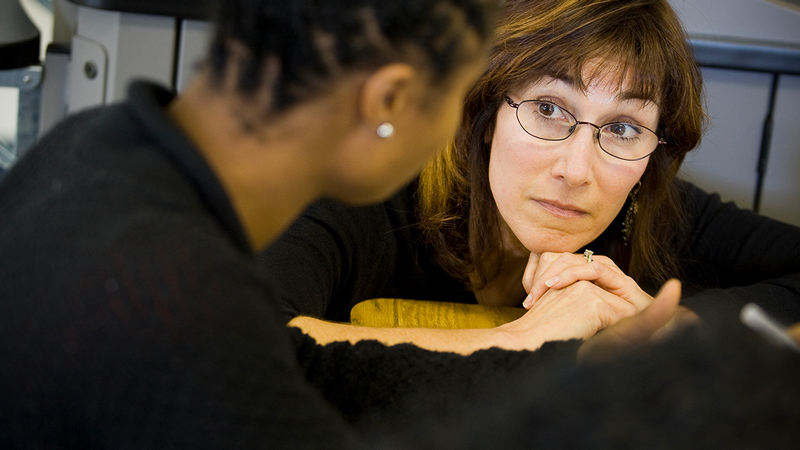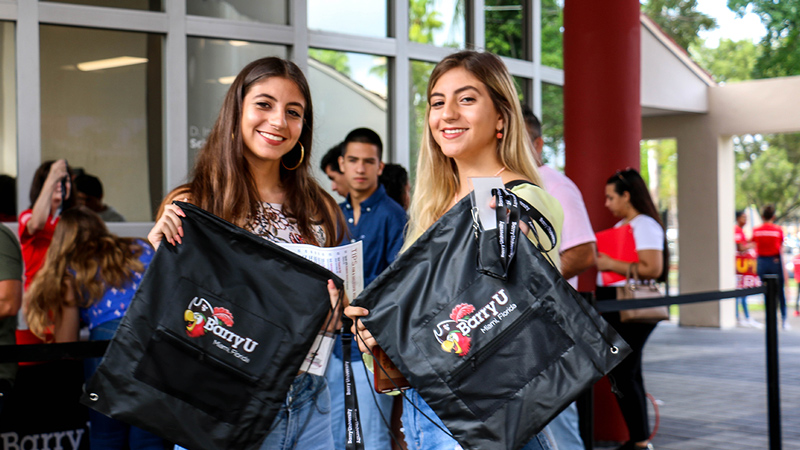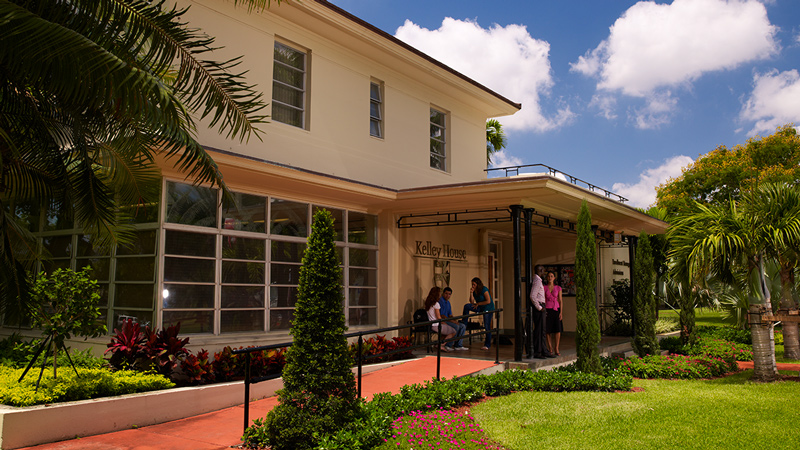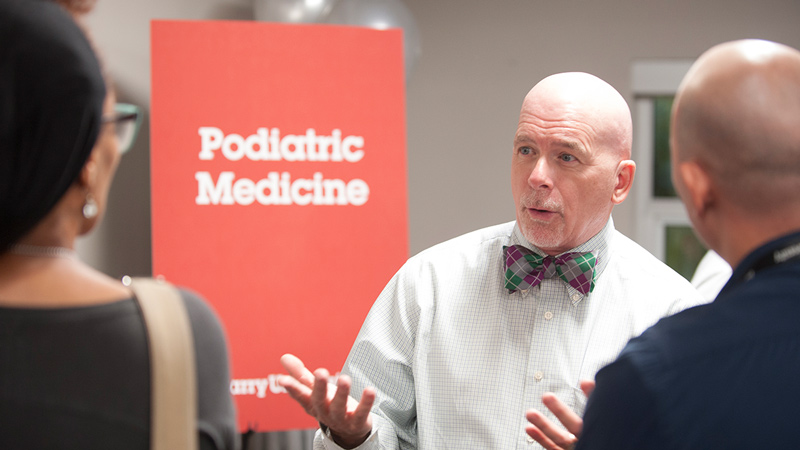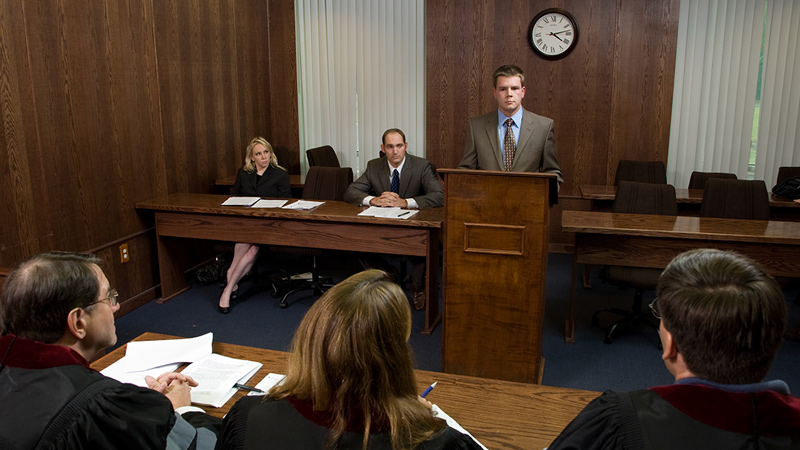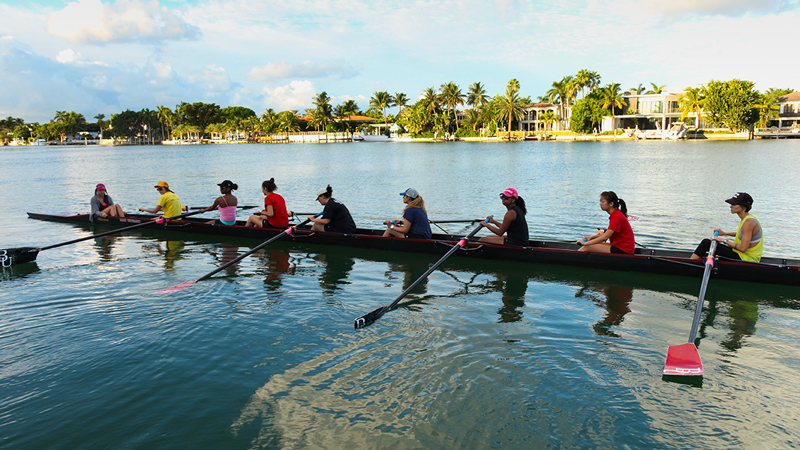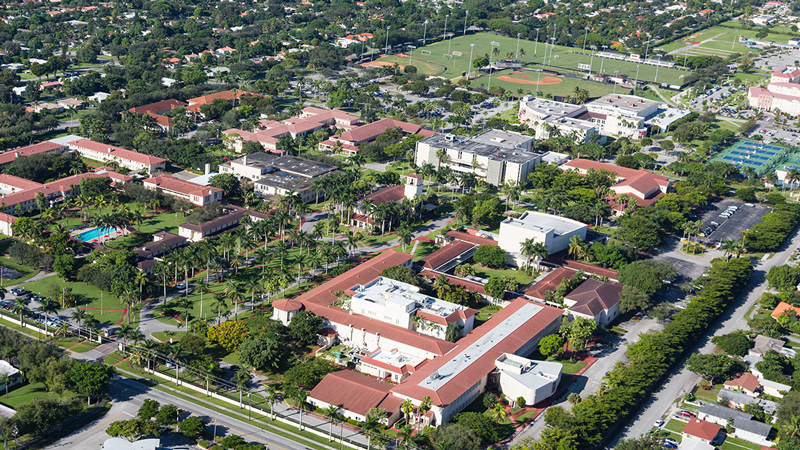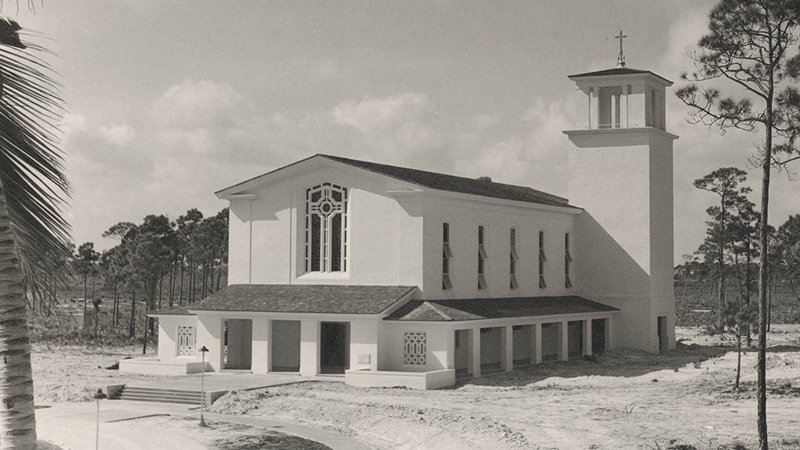Biography
PRIOR TEACHING EXPERIENCE:
2009 - Present Professor, School of Podiatric Medicine, Barry University - Coordinator of Physiology course in Podiatric Medicine program; Co-direct Pathology labs in Podiatric Medicine program
2004 - 2008 Associate Professor, former School of Graduate Medical Sciences, Barry University – Coordinator of Physiology course in Podiatric Medicine program; Co-direct Pathology labs in Podiatric Medicine program
1995 – 2006 Assistant Professor, former School of Graduate Medical Sciences, Barry University - Coordinate Physiology course in Physician Assistant Program
AWARDS:
2018-2019 – Outstanding Scholarship Award
2013 – 2014 Outstanding Scholarship Award, Barry University
2009 – 2010 Outstanding Scholarship Award, Barry University
PROFESSIONAL SOCIETIES:
2013 – 2015 President, Florida Academy of Sciences
2007 - 2013 Section Chair, Medical Sciences, Florida Academy of Sciences
2003 - 2007 Chair, Awards Committee of Florida Academy of Sciences
2003 - 2007 Councilor-at-Large, Florida Academy of Sciences
2002 - Present American Physiological Society
1989 - Present Society for Neuroscience
HONOR SOCIETIES:
1998 - Present Sigma Xi
COMMITTEE MEMBERSHIP:
2018 - Present Co-Chair, Barry University Graduate Council
2008 - Present Chair, School of Podiatric Medicine (SPM) Curriculum Committee
1997 - Present SPM representative to Animal Welfare Committee/IACUC
2014 - 2018 Chair & Co-Chair, SPM Admissions Committee
2014 - 2016 Member, SPM Self-Study Committee
2014 - 2015 Member, SPM Steering Committee
2014 - 2016 SPM representative on Graduate Council
2012 - 2014 SPM representative on Faculty Senate Handbook Committee
2008 - 2014 SPM representative on Institutional Effectiveness Committee
2007 - 2011 Chair, University Grade Appeals Committee
2007 - 2009 SPM representative on Academic Affairs Committee
2007 - 2009 SPM representative on Graduate Council
2003 & 2008 SPM representative on Senate Rank & Promotion Committee
2000 - 2002 SPM representative to University Grievance Committee
2001 - 2003 SPM representative on the SACS Self Study Review committee on Faculty
1999 - 2000 Chair of Senate Grants Leaves and Sabbaticals Committee
1998 - 2001 SPM representative to Diversity Council
1997 - 2000 SPM Senator to the Faculty Senate
1997 - 1998 Senate Liaison to Admissions
1997 - 2001 SPM representative to Senate Grants Leaves and Sabbaticals Committee
1996, 1997 & 2007 SPM representative to Senate Ethics Committee
RESEARCH INTERESTS:
Pedagogical
The effect of modified recruitment strategies to improve student selection and retention in medical school.
The focus of these investigations is the role of non-cognitive factors on the recruitment and retention of students in podiatric medical school. Pre-defined outcomes (APMLE Part I and Part II board passage rate, graduation rate, residency placement rate, GPA at graduation, attrition rate) will be correlated with the admissions criteria to see if (i) students recruited under the new regimen show improved performance and retention in the program and (ii) which admissions criteria are most informative about performance and retention. Additionally, cohort academic performance throughout the program will be compared to that before to provide further data about the role of these factors on academic performance.
Biomedical
Differential response of skeletal muscle fiber types to denervation
This research seeks to address the hypothesis that the different fiber types found in muscle are differentially susceptible to the loss of nerve input. Furthermore, it seeks to elucidate whether the same fiber types in different muscles respond similarly to denervation. Immuno-histochemical and image analytical methods can be used to qualitatively and quantitatively determine the response of skeletal muscle fibers to denervation.
The effects of reinnervation on regenerating mammalian skeletal muscle
This project focuses on the role of innervation on skeletal muscle regenerating after a necrotizing injury. Previous studies on the slow-twitch soleus muscle indicated a great reliance on innervation for full recovery. The response of fast twitch muscles in not completely known. Main interest is in examining the fast-twitch muscle regenerative response using immuno-biochemical techniques to determine the fiber types, fiber proportions and fiber size after regeneration to elucidate the role of innervation on fast skeletal muscle recovery.
PUBLICATIONS:
Sesodia S, Molnar (2012) Effect of Technology on Student Class Performance and Class Absence. JAPMA 102(6) 471-476
Sesodia S, Shaw G, Molnar, D (2012) Can we predict 4 - year graduation in Podiatric Medical School using admission data? JAPMA 102(6) 463-470
Grumbles RM, Sesodia, S, Wood PM, Thomas CK (2009) Neurotrophic factors improve motoneuron survival and function of muscle reinnervation by embryonic neurons. J. Neuropathol. Exp. Neurol. 68(7); 736-746
Grumbles RK, Casella GTB, Rudinsky MJ, Wood PM, Sesodia S, Bent M, Thomas CK (2007) Long-term delivery of FGF-6 changes the fiber type and fatigability of muscle reinnervated from embryonic neurons transplanted into adult rat peripheral nerve. J. Neurosci. Res. 85(9); 1933 - 1942
Callister RJ, Sesodia S, Enoka RM, Nemeth PM, Robinson GA, Reinking RM, Stuart DG (2004) Fatigue of rat hindlimb motor units: biochemical-physiological associations. Muscle Nerve 30(6):714-726
SCIENTIFIC AND RESEARCH PRESENTATIONS:
Ducellari B, Sesodia, S (2006) Denervation effects on skeletal muscle fiber types. Florida Acad Sci 70th Ann Mtg. Abs
Grumbles RM, Bent M, Wood PM, Almeida V, Vandevar M, Sesodia S, Thomas CK (2005) Differences in muscle reinnervation following transplantation of E12 versus E14 spinal cord cells into adult rat peripheral nerve. Soc Neurosci 35th Ann Meeting Abs
Sesodia S, Richardson SD (2004) Differential behavior of fiber types in fast and slow twitch muscles following denervation. Florida Acad Sci 68th Ann Mtg. Abs.
ABSTRACTS:
Ackbarali S, Sesodia, S (2009) Changes in size and distribution of muscle fiber types of the extensor digitorum longus and soleus muscles in rats following reinnervation after sciatic nerve crush. Florida Acad Sci 73nd Ann Mtg. Abs.
Alkhenaizi K, Sesodia S (2008) The expression of oxidative and glycolytic capacities after skeletal muscle denervation. Florida Acad Sci 72nd Ann Mtg. Abs
Ducellari B, Sesodia, S (2006) Denervation effects on skeletal muscle fiber types. Florida Acad Sci 70th Ann Mtg. Abs
Grumbles RM, Bent M, Wood PM, Almeida V, Vandevar M, Sesodia S, Thomas CK (2005) Differences in muscle reinnervation following transplantation of E12 versus E14 spinal cord cells into adult rat peripheral nerve. Soc Neurosci 35th Ann Meeting Abs
Sesodia S, Richardson SD (2004) Differential behavior of fiber types in fast and slow twitch muscles following denervation. Florida Acad Sci 68th Ann Mtg. Abs
THESIS ADVISING:
2008 - 2009 Thesis Advisor to Sumera Ackbarali, Changes in fiber size and fiber type proportions in the extensor digitorum longus (EDL) and soleus (SOL) muscles of the rat after reinnervation following sciatic nerve crush.
2007 - 2009 Thesis Advisor to Kadhem Alkhenaizi, Effects of denervation on fast-twitch extensor digitorum longus and slow twitch soleus muscles of the rat.
2006 - 2007 Thesis Advisory Committee for Shakira Henderson, Is the core protein the sole epitope recognized in the immunohistochemical diagnosis of extramammary Paget’s Disease.
2004 - 2005 Thesis Advisory Committee for Audrea Vaughan, Incorporation of Zirconyl Hematoxylin into the traditional Periodic Acid Schiff procedure to identify both neutral and acidic mucopolysaccharides.
ADDITIONAL PROFESSIONAL ACTIVITIES:
2016 - Present Liaison from American Association of Colleges of Podiatric Medicine (AACPM) Council of Faculties to National Board of Podiatric Medical Examiners (NBPME) Examination Committee
2015 - Present Member of Curriculum Committee of the AACPM Council of Faculties
2012 - Present BUSPM representative on the AACPM
2008 - Present BUSPM representative on the Curriculum Project for the AACPM Council of Faculties
1997 - Present Question writer for the Physiology section of Part I National Board of Podiatric Medicine Exam (Basic Sciences).
